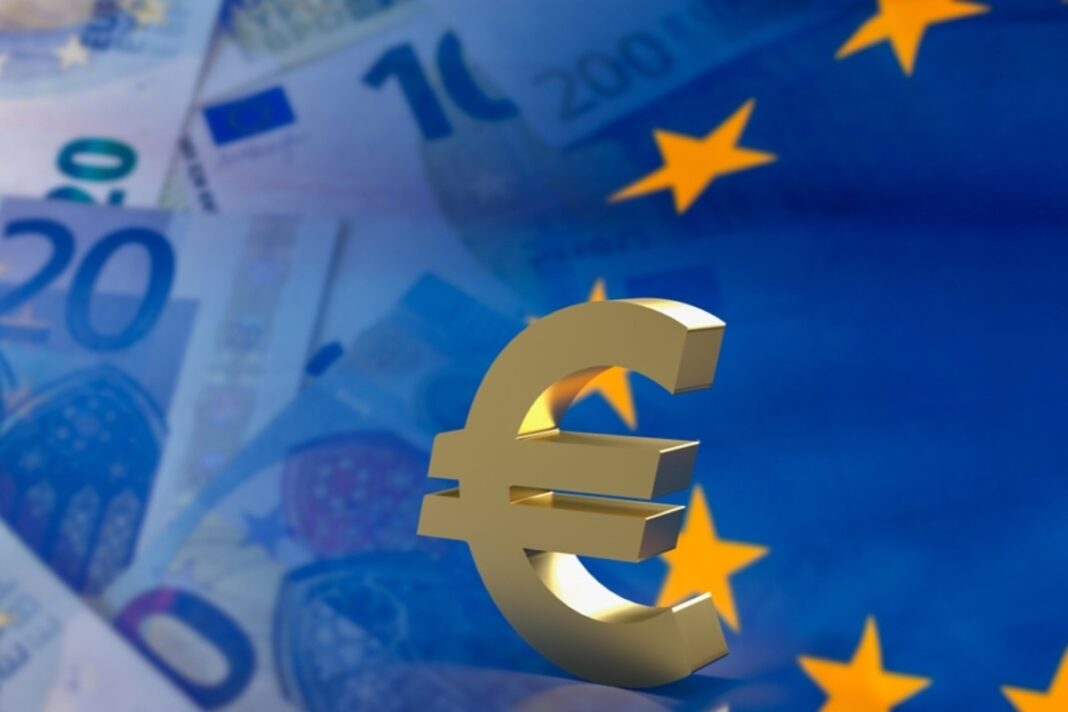The Eurozone is facing a critical juncture as its annual inflation rate rises to 2.5% in January 2025.
This increase, marking the fourth consecutive monthly uptick, highlights the delicate balancing act that policymakers must perform between curbing inflationary pressures and stimulating economic growth.
In this blog, we explore the factors driving the inflation surge, assess the European Central Bank’s (ECB) response, and consider the broader economic implications for the region.
The Inflation Surge: What’s Driving the Rise?
In January 2025, the Eurozone’s annual inflation rate edged up from 2.4% in December 2024 to 2.5%. Analysts point to a combination of factors, with elevated energy costs playing a significant role in propelling the rate upward .
This sustained rise over four consecutive months reflects not only transient supply-side pressures but also signals deeper underlying challenges that continue to affect price levels across the region.
Beyond energy, broader global economic uncertainties—including lingering trade tensions and fluctuating commodity prices—have compounded the situation.
Such pressures have created a scenario where inflation, even if only modestly above the ECB’s target of around 2%, could undermine consumer confidence and economic stability if left unchecked.
ECB’s Strategic Response: Easing Amidst Economic Headwinds
Despite the uptick in headline inflation, the ECB is charting a course toward monetary easing. In a recent policy move, the bank cut its key interest rate by 0.25 percentage points, bringing it down to 2.75%—the lowest level in nearly two years .
This decision underscores a strategic pivot: rather than tightening policy to fight inflation, the ECB appears poised to support a sluggish economy, with expectations of further cuts as early as March 2025.
The rationale behind this counterintuitive stance lies in the dual mandate of the ECB, which must balance inflation control with the need to foster economic growth.
In January, underlying inflation—excluding volatile items like food and energy—remained steady at 2.7%, while service sector inflation surged to 3.9%.
The ECB’s easing measures aim to mitigate these pressures and encourage spending, despite the inherent risk of embedding inflationary expectations deeper into the economy .
The Broader Economic Picture: Stagnation and Uncertainty
While monetary policy adjustments are underway, the Eurozone’s economic performance paints a more troubling picture.
The region recorded zero growth in the final quarter of 2024, with key economies such as Germany and France experiencing contractions and Italy’s economy stagnating .
Such underperformance, combined with external threats like a potential trade war, has placed additional pressure on policymakers to adopt measures that might revive growth, even if those measures seem at odds with the traditional response to rising inflation.
This situation is further complicated by the divergence between headline inflation and underlying inflation trends.
While headline figures indicate a modest rise, persistent increases in certain sectors—particularly services—suggest that structural issues may be at play.
These factors collectively underscore the challenges faced by the ECB as it navigates an environment where traditional policy levers may have muted effects.
Looking Ahead: Risks and Opportunities
The path forward for the Eurozone is fraught with challenges. On the one hand, the ECB’s decision to lower interest rates could stimulate investment and consumption, helping to counteract the stagnation that has plagued recent quarters.
On the other hand, there is a real risk that further easing could inadvertently stoke inflationary pressures if underlying structural imbalances are not addressed.
Market watchers remain cautious, noting that while rate cuts may offer short-term relief, long-term stability will likely require a more comprehensive strategy that encompasses fiscal reforms, improved labor market flexibility, and measures to reduce dependency on volatile energy markets .
Moreover, the interplay between domestic economic policies and international trade dynamics will continue to influence the Eurozone’s prospects.
With geopolitical uncertainties—such as potential trade conflicts—looming on the horizon, the ECB’s decisions in the coming months will be closely scrutinized by investors and policymakers alike.
Conclusion
The recent 2.5% inflation reading in the Eurozone is a stark reminder of the complex economic landscape that the region currently faces.
While rising prices highlight the risks associated with global energy volatility and other supply-side disruptions, the ECB’s proactive monetary easing signals a commitment to reviving growth in a challenging economic environment.
As the region stands at this crossroads, the coming months will be critical in determining whether these measures can successfully balance the dual imperatives of controlling inflation and spurring economic activity.
The Eurozone’s journey ahead is uncertain, but by understanding the forces at play and the strategic responses being deployed, stakeholders can better navigate the turbulent waters of today’s global economy.
Also Read

